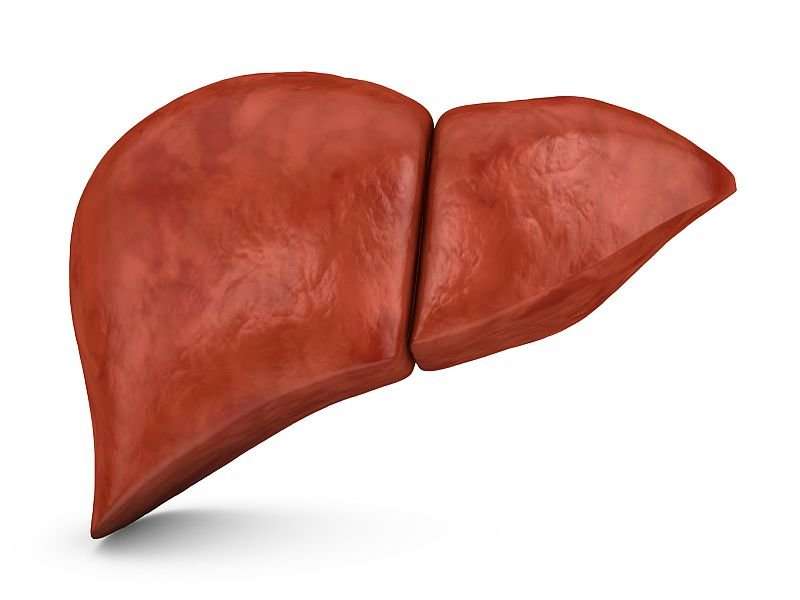(HealthDay)—Alternatives to whole liver transplants for children have become safer, according to a study published recently in The Journal of Pediatrics.
Douglas B. Mogul, M.D., M.P.H., from Johns Hopkins University in Baltimore, and colleagues evaluated patient and graft survival among 5,715 pediatric liver-only transplant recipients who received an organ from March 1, 2002, to Dec. 31, 2015, to determine whether outcomes vary by graft type. The graft types were whole liver transplant, split liver transplant (SLT), and living donor liver transplant (LDLT).
The researchers found that 30-day survival for SLT improved (94 versus 98 percent; P < 0.001) from 2002-2009 to 2010-2015. At one year, survival for SLT and LDLT improved (89 to 95 percent [P < 0.001] and 93 to 98 percent [P = 0.002], respectively). However, at both 30 days and one year there was no change in survival for whole liver transplant (98 percent in both [P = 0.7] and 94 versus 95 percent [P = 0.2], respectively). With SLT, the risk of early death was 2.14-fold higher in 2002 to 2009, compared to whole liver transplant, but this risk disappeared in 2010 to 2015 (P = 0.04). In both time periods, the risk of late death after SLT was similar. On the other hand, LDLT had similar risk of early death and late death for both time periods. Graft loss was similar for SLT, but lower for LDLT.
"Greater use of technical variant grafts might provide an opportunity to increase organ supply without compromising post-transplant outcomes," the authors write.
More information: Abstract/Full Text (subscription or payment may be required)
Journal information: Journal of Pediatrics
Copyright © 2018 HealthDay. All rights reserved.



















